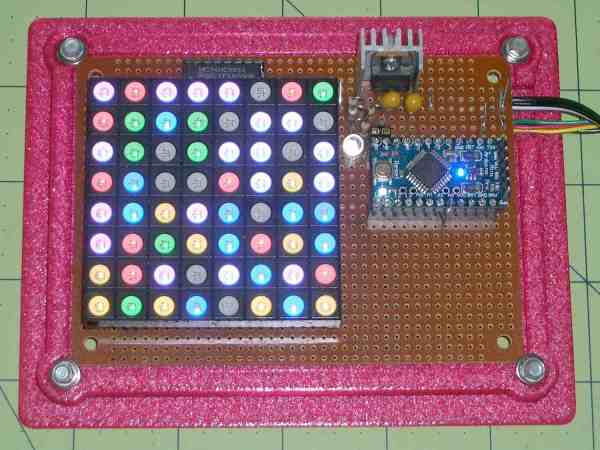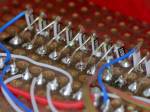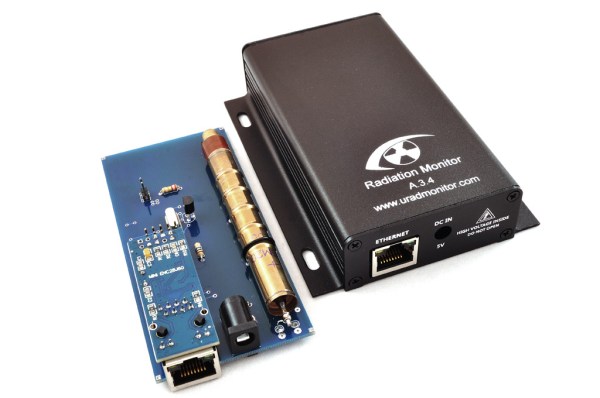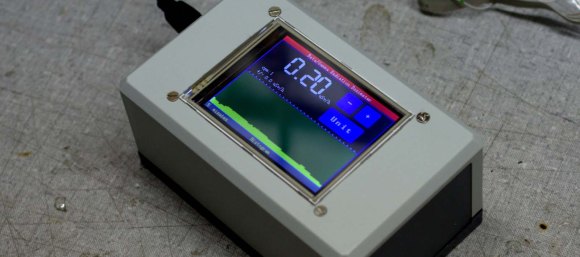Here’s a quick question: are Geiger and Giger (as in H.R. Giger, designer of the Alien Xenomorph) pronounced the same? The answer is no. Nevertheless, the late artist has had his name mispronounced (for the record, it’s ghee-gur) by many over the years. [Steve DeGroof’s] friend posted a goofy tweet that gave him the inspiration to finally put a skeletal lid on the matter, the Giger Counter.
The innards are a Mightyohm Geiger Counter Kit. The external casing is where the true hack lies in this project, made from a 1:2 scale plastic skeleton model, flexible conduit, and dark metallic spray paint. Only the ribcage, some vertebrae, and part of the skull are used from the model. They are assembled in a delightfully inhuman fashion with some conduit wrapped around it and into the bottom of the ribcage for good measure. After some gluing and spray painting, the LED from the Geiger Counter kit is placed through a drilled hole in the skull while the board sits inside the ribcage. Getting the board in and out can be a little tricky, but it looks like the batteries can be changed without having to pull the whole board out.
Check out the video below to see the Giger Counter. If you want another hack inspired by H.R. Giger’s artistic vision, take a look at this Xenomorph suit we covered. Or, if you can’t get enough Geiger counters, we’ve featured plenty of cool ones on this site.
Continue reading ““Giger Counter” Makes Radiation Detection Surreal”








 The project featured in this post is
The project featured in this post is 











